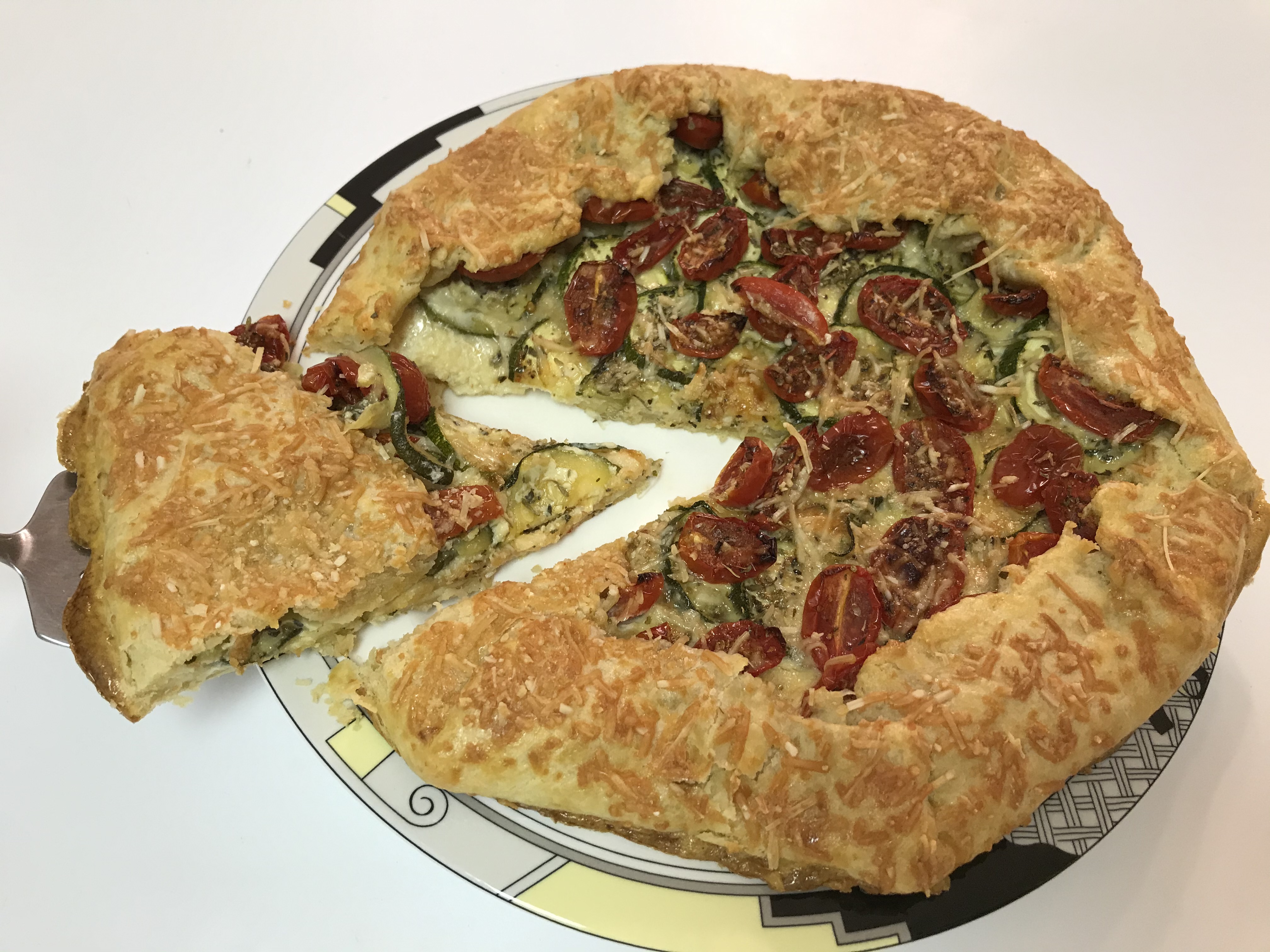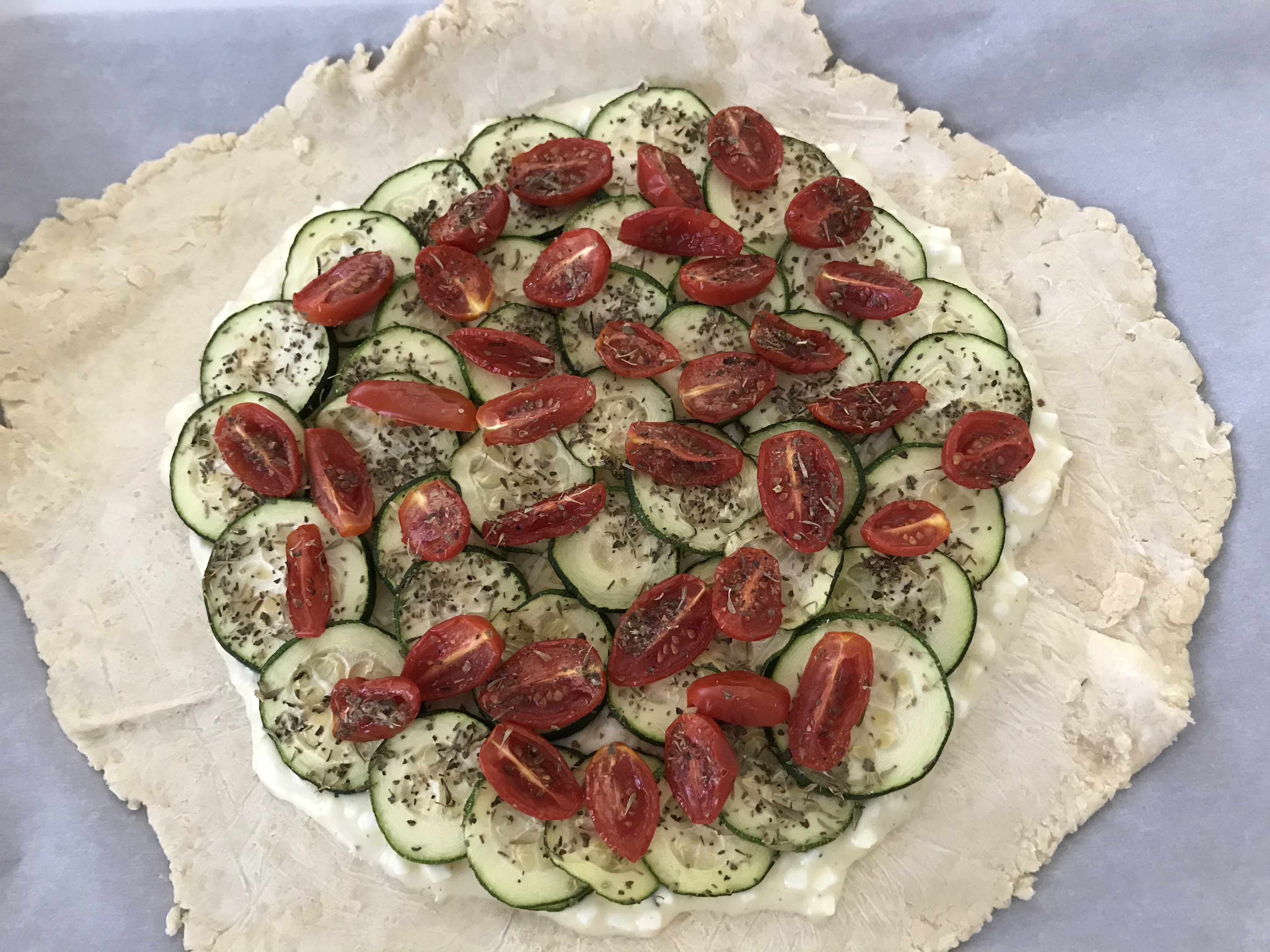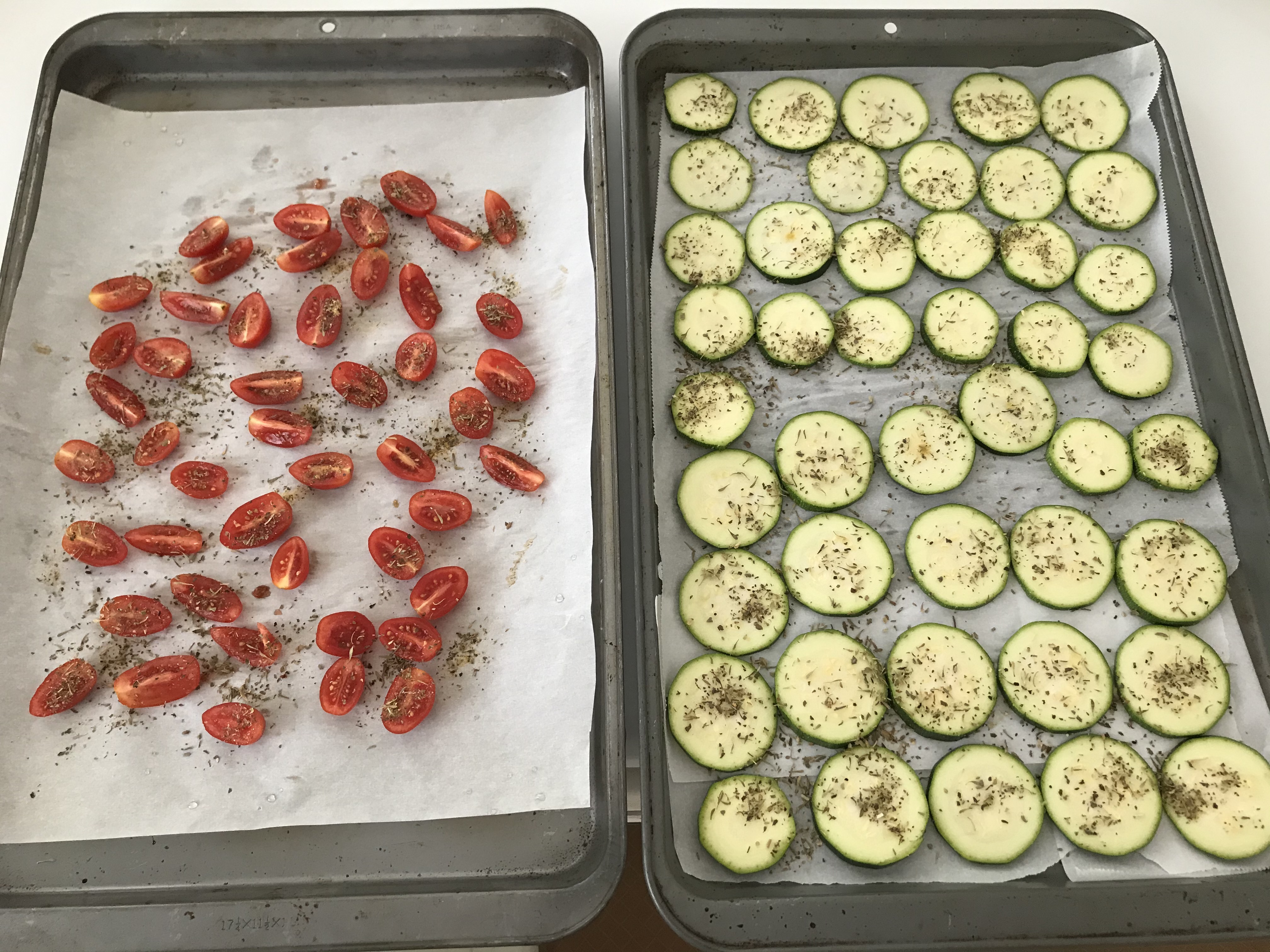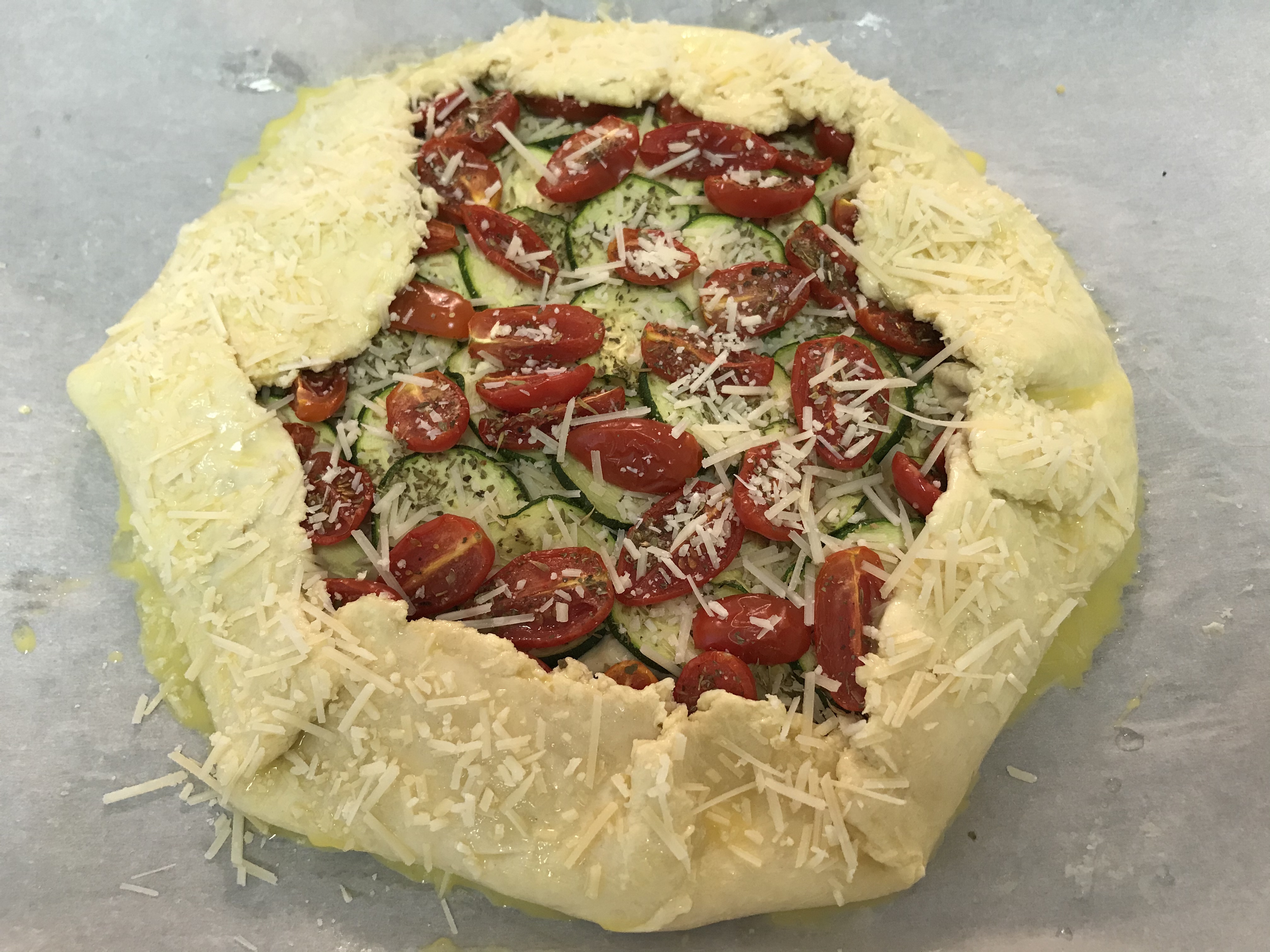
By Betty Gordon
© 2024 text and photos. All rights reserved.
When you bring a Circular Cinnamon Babka to the table, expect your family or guests to “ooh and ahh,” because this is a confection that screams “ta-da!,” as in “Look at me. NOW.”
You might be hearing “it’s gorgeous,” or “it’s beautiful,” as your guests admire the ripples of rich cinnamon snaking through the babka, and because as we all know, we also “eat” with our eyes.
And it’s even prettier when it’s sliced, showing off its dark, interior swirls.
But what your guests will really want to know is how did you do it?
It’s almost all in the twists, literally. Dough logs filled with a sweet paste are criss-crossed and then wrestled into a pan, where it rises and bakes into lusciousness. It’s time-consuming in parts to prepare, and it may try your patience, but the payoff is worth it.
Inclement weather was in the forecast recently, and in the South that meant copious amounts of rain. I’d been eyeing this recipe for several months and decided it was time to test it, even if the high humidity level might affect the dough’s rise.
I needn’t have worried. Though the rise was less than I expected, baking solved the issue.
Babka is said to have originated in Poland in the 1800s, when Jewish bakers filled leftover challah dough (for braided Sabbath loaves) with jam or cinnamon. But there are many variations, especially associated with other Eastern European countries. Traditionally babka — it means “small grandmother” — is baked in a loaf shape, but a circular version as I prepared is a really pretty alternative.
Babka can be more cakelike or breadlike, depending the amount of butter, eggs, milk and sugar used and the amount of kneading. In that I used my bread machine to make the dough (probably sacrilege in some quarters), its longish kneading cycle resulted in a more briochelike finish. So be aware of this difference.
Babka can be filled with a cinnamon-sugar-butter paste like this recipe calls for, but melted chocolate, finely diced raisins or dried apricots, or chopped nuts can also be added. As always, tailor the recipe to your tastes.
The topping can be varied too; some babka come with a crumb topping, something fairly close to streusel.
So is babka a breakfast food like jelly doughnuts or Danish pastry? (Not if you usually eat something healthy like avocado toast.) Is it a dessert? (Maybe. It certainly has the butter and sugar to make the case.) Or is it best when had with midafternoon coffee or tea? (Perhaps, because it is sort of like a coffee cake.)
The answer is there is no wrong time for babka, just limit your portion size as you would for any high-fat, high-calorie treat! And then eat sensibly the rest of the day.
Babka has always been a staple in Jewish delis and bakeries, but you can find it sometimes at Trader Joe’s sold as Cinnamon Brooklyn Babka or Chocolate Brooklyn Babka, made by a supplier in Brooklyn, New York. Look for more sources online.
There are also plenty of recipes on the web, so if I’ve piqued your interest but you want to try something else, go right ahead. The point is to do it!
Circular Cinnamon Babka

Hands on: about 1 hour, 10 minutes, depending on your skill level
Total time: about 10 hours, including resting/rising, overnight refrigeration and baking
Serves: 10 to 12
Make the dough a day ahead and refrigerate it overnight to let it firm up, so it’s easier to work with. That also lets the flavors meld. Some recipes use bread flour, or half all-purpose and half bread flour, so the task ahead may be experimenting to see which you like best. Online, you can find video of a recipe as demonstrated on PBS’ “Cook’s Country.” In that video, the ingredients were combined in the bowl of a standing mixer with a dough hook, and I think that would work for this recipe also.
For the dough:
4 cups all-purpose flour, plus more for the work surface as needed
1/4 cup granulated sugar
2 1/2 teaspoons rapid-rise yeast
1 teaspoon fine sea salt
2/3 cup whole milk (don’t use skim milk)
2 large eggs, beaten
1 tablespoon vanilla extract
1/2 cup (1 stick) unsalted butter, slightly softened and cut into 6 to 8 pieces
For the filling:
3/4 cup (1 1/2 sticks) unsalted butter, softened
1/2 cup lightly packed dark brown sugar
1/2 cup granulated sugar
3 tablespoons ground cinnamon
3 tablespoons all-purpose flour
1/2 teaspoon fine sea salt
For the syrup:
1/2 cup granulated sugar
1/2 cup water
1 cinnamon stick broken into 3 pieces or 1/2 teaspoon ground
To make the dough in a food processor: Place the flour, sugar, yeast and salt in a food processor fitted with the plastic blade. Pulse 5 times. Warm the milk for about 15 seconds in a microwave. Add to flour mixture with the eggs and vanilla. Pulse 5 times, then continue processing until a soft, tacky dough forms, about 1 minute. Add the butter and pulse 5 times. Continue processing about another minute until a loose dough forms. It will be soft and tacky. Take off the top of the processor and place plastic wrap right on the dough. Let dough rest for 45 minutes.
To make the dough by hand: In a large mixing bowl, stir together flour, sugar, yeast and salt. Warm the milk in a microwave about 15 seconds. Add the milk, eggs and vanilla to the dry ingredients and stir until a tacky dough forms. Add the butter pieces and knead in by hand. If the dough is too sticky, add 1 tablespoon of flour. Continue kneading until the butter is fully incorporated. Place plastic wrap right on the surface so a skin doesn’t form. Rest dough for 45 minutes.
After the dough has rested, place a large piece of plastic wrap on your work surface. Scrape out the dough onto the center of the plastic wrap. Flour your hands and form the dough into a 7-inch square. Wrap in the plastic and place in refrigerator at least 6 hours, or overnight.
To prepare the pan: Butter the bottom and sides of a 10-inch springform pan. Line the sides and bottom of the pan with parchment paper, then butter the paper. (I used a 9-inch nonstick springform pan and did not grease it, but I put a piece of parchment cut to fit on the bottom.)
To make the filling: In a medium bowl, combine the butter, dark brown sugar, granulated sugar, cinnamon, flour and salt. Mix until you have formed a smooth paste.

To make dough logs: Remove the dough from the refrigerator. Flour your work surface and rolling pin lightly as needed. Divide the dough into two equal pieces; set one piece aside. Roll the first piece into a 6-by-14-inch rectangle. This is the most hands-on time-consuming part of the recipe, and the biggest possibility of causing frustration. Be patient. If need be, try rolling the dough between 2 pieces of plastic wrap or waxed paper.
Using an offset spatula, spread the filling over the entire rectangle, leaving a 1/2-inch border on all sides. From the long end of the rectangle, start rolling the dough away from you into a tight log. Pinch the edge to seal. Set aside. Repeat sequence with second piece of dough. Try to make the logs equal, but if they’re a bit off don’t worry, the coming steps even out any irregularities.
(Alternatively, roll the dough into a 12-by-28-inch rectangle, fill, roll, then cut into 2 equal logs.)
With a sharp knife, preferably serrated, using one long motion near the seam of the first log (don’t saw it), gently cut all the way through the dough to make two halves. With the cinnamon layers facing up, cross the 2 pieces in the middle forming an X, then continue twisting the pieces around each other until you reach both ends. Pinch each end to seal. Repeat with the second log.

Place the first double twist, facing up, against the side of the pan. Take the second piece and continue against the side, then work toward the center. It may take a bit of maneuvering to work a lot of dough into a smallish space. Any gaps that are left will be lessened as the dough rises and bakes.
Cover with a kitchen towel and let rise in a warm place until double in size, about 90 minutes to 2 hours.

Toward the end of the rise, preheat oven to 350 degrees Fahrenheit. Place the babka pan on a parchment paper-lined baking sheet (this will make cleanup easier). Bake on the middle rack for about 45-55 minutes, until golden brown on top. If the top is browning too quickly, cover with foil and continue to bake. Rotate the baking sheet about halfway through. To test for doneness, thump all over the top. If it sounds hollow, it’s done, but I also tested with a toothpick, which came out clean in the very dense center. You can also temp it with a thermometer; it should be about 205 degrees.
To make the syrup: While the babka bakes, in a small saucepan, combine granulated sugar, water and cinnamon over medium heat. Bring to a low boil for up to 3 minutes, if using a cinnamon stick. If using ground, stir until the sugar is dissolved and the cinnamon is incorporated. Remove from heat and let cool.
When the babka is done, remove it from the oven and let it cool about 15 minutes. Use a pastry brush to apply the syrup over the whole surface. Repeat several times, but you may have leftover syrup.
Release the latch and remove the ring from the babka. Peel off the parchment paper and place babka on a serving platter. With my nonstick pan, I ran a plastic knife between the babka and the ring and then released the latch and peeled off the bottom round. Let cool for about 3 hours.
Cut into wedges and serve. Cover any leftovers tightly and store at room temperature for up to 5 days. Or wrap individual pieces and freeze.
Adapted from a recipe in “Shabbat: Recipes and Rituals from My Table to Yours” by Adeena Sussman; Avery (an imprint of Penguin Random House), $35, 383 pages, 2023.









































